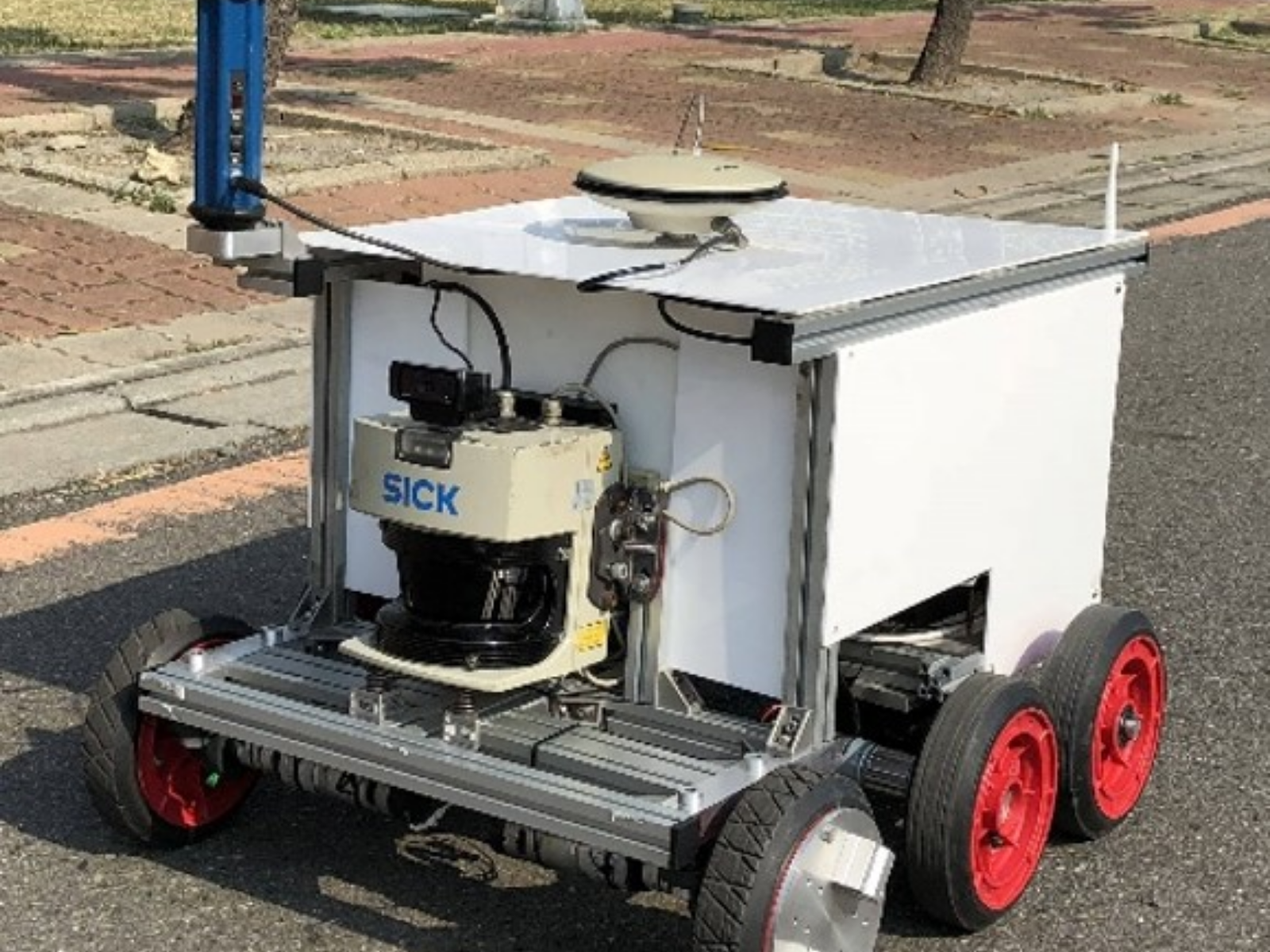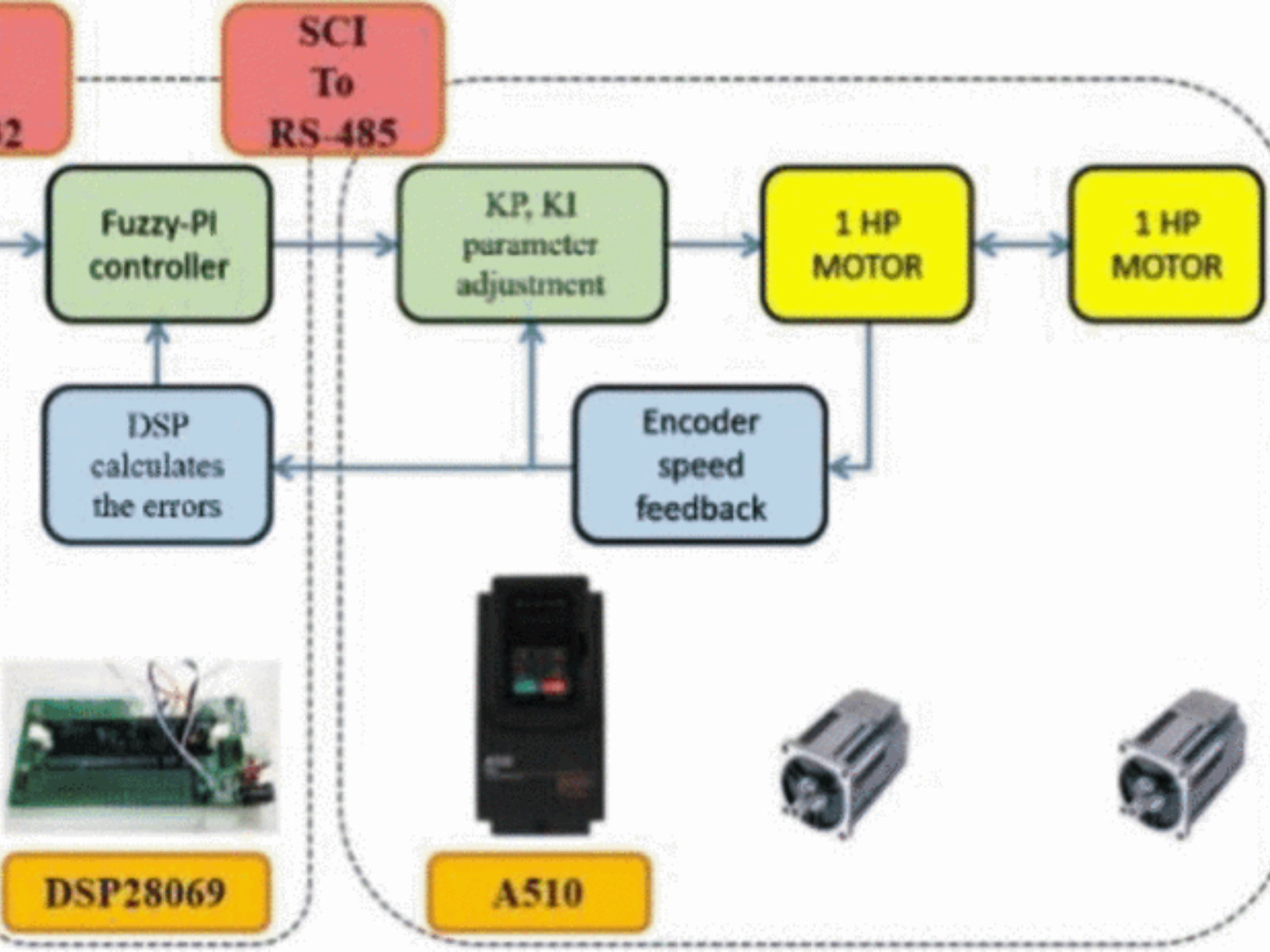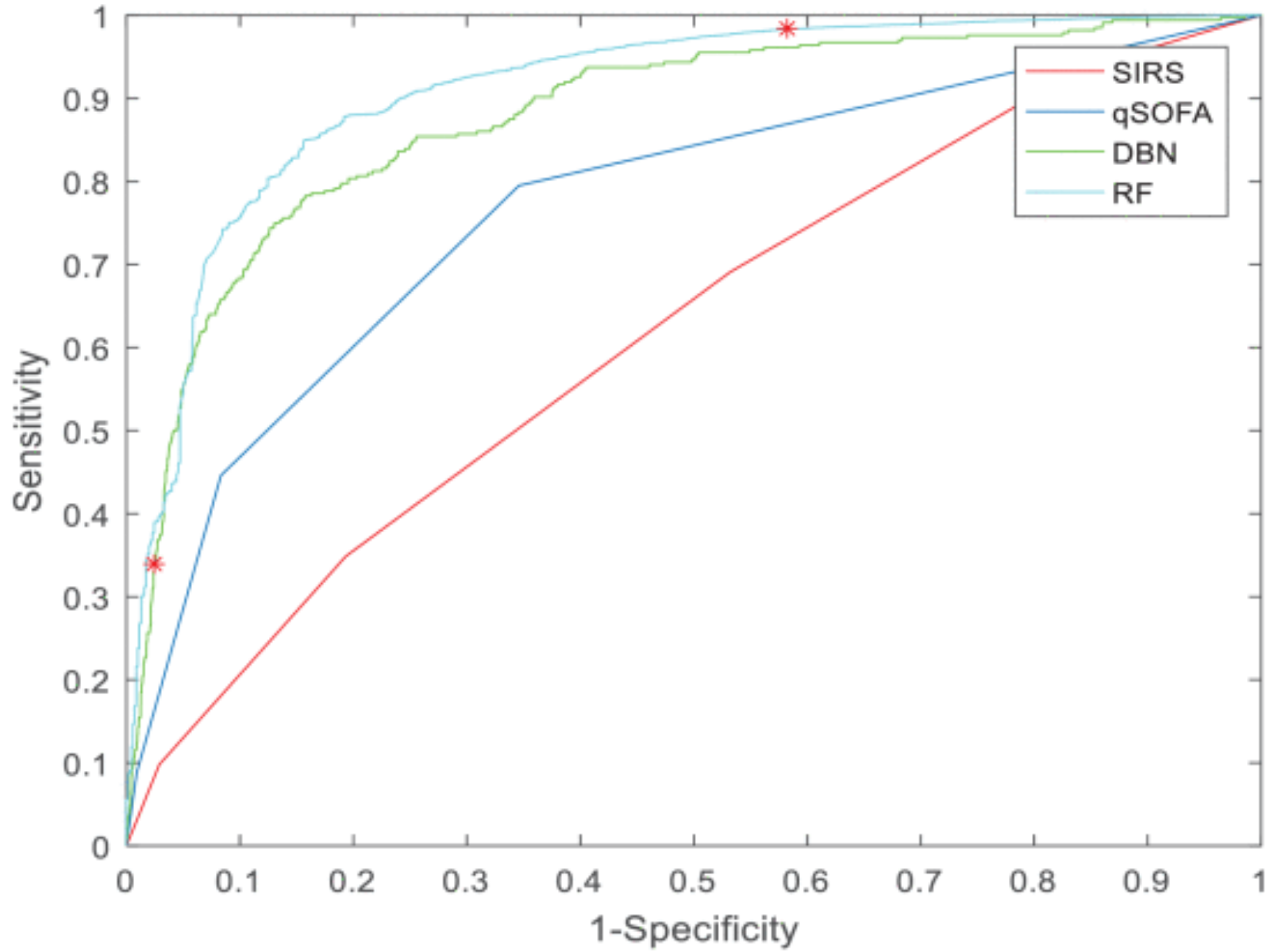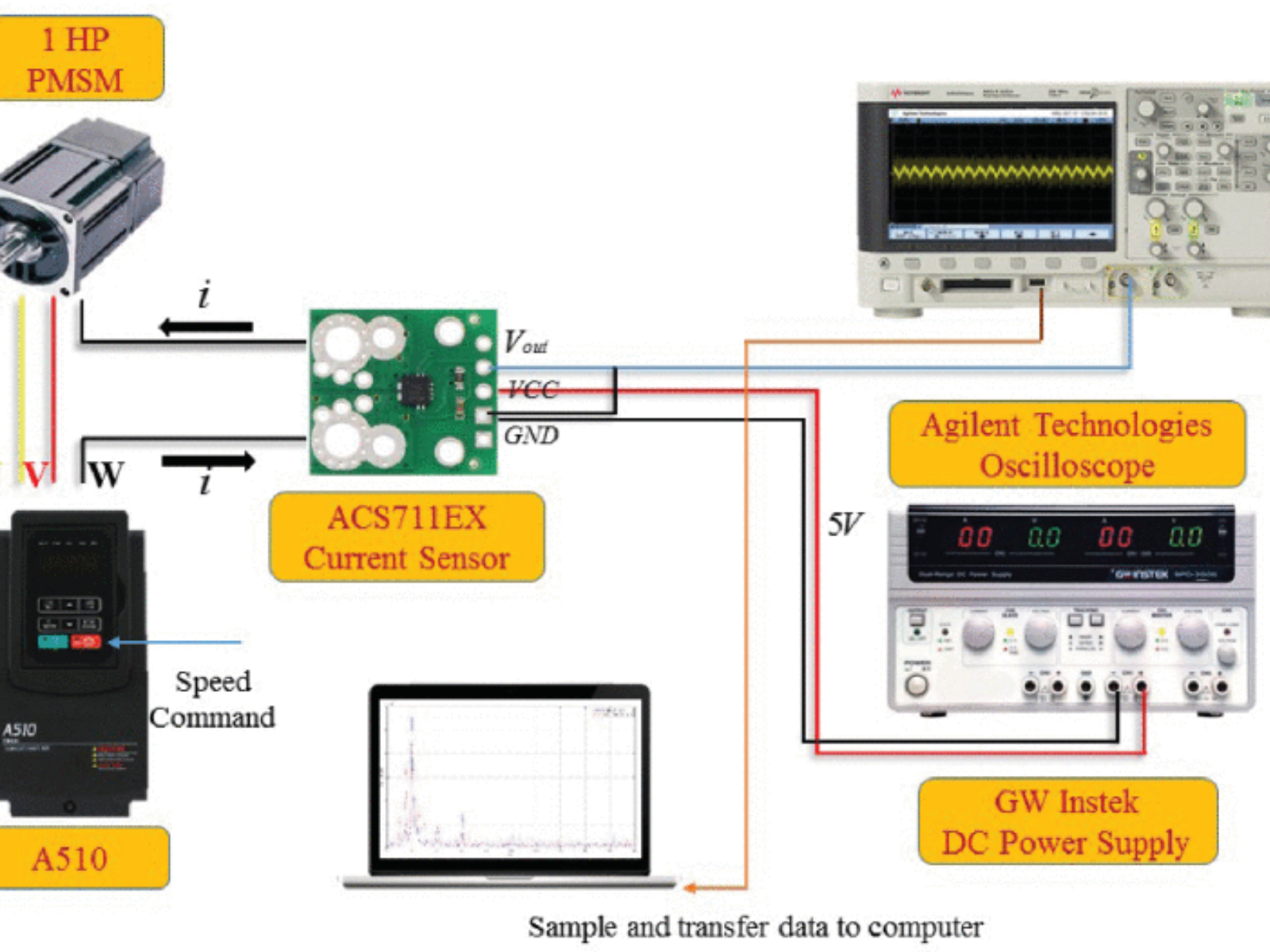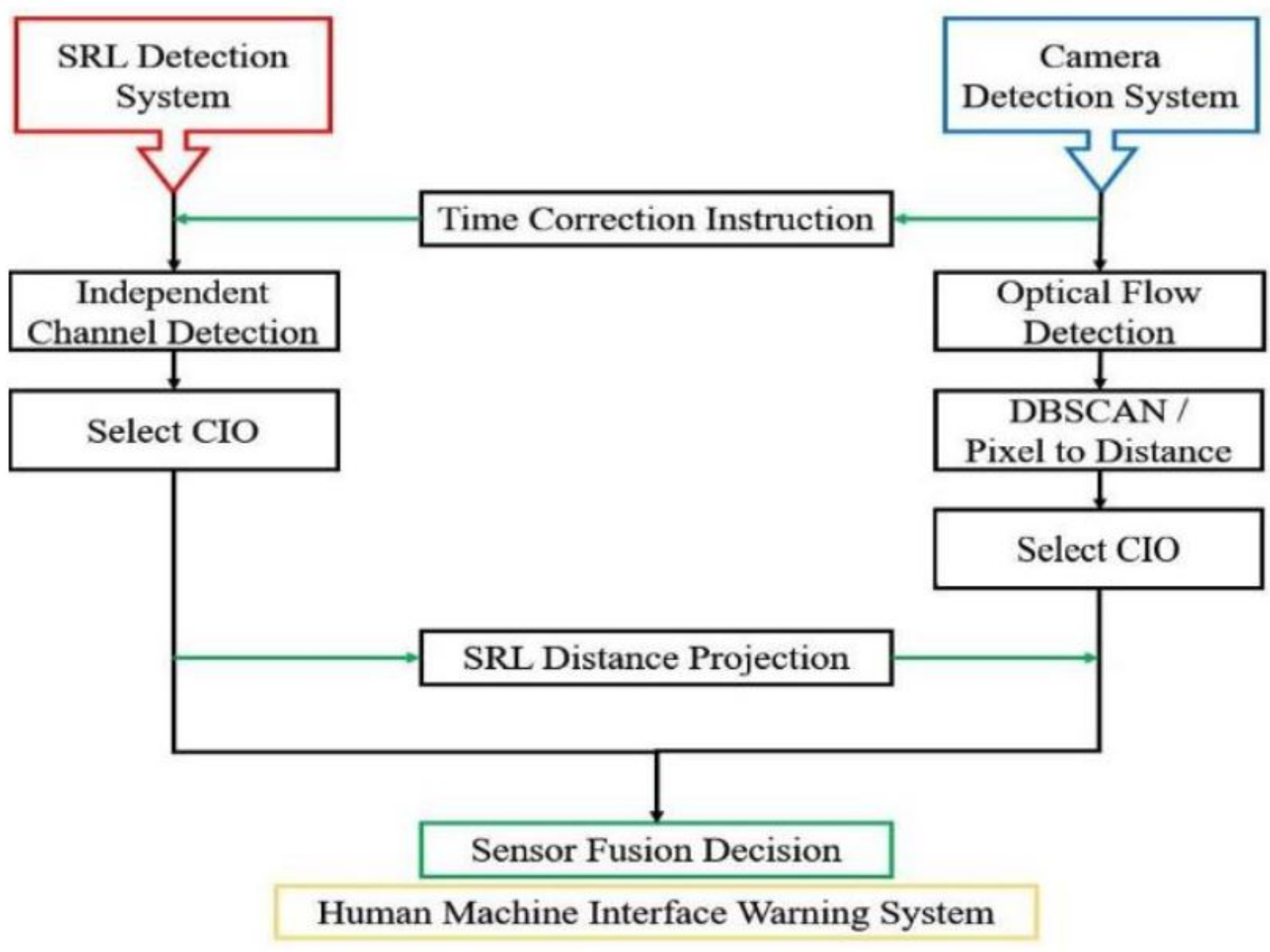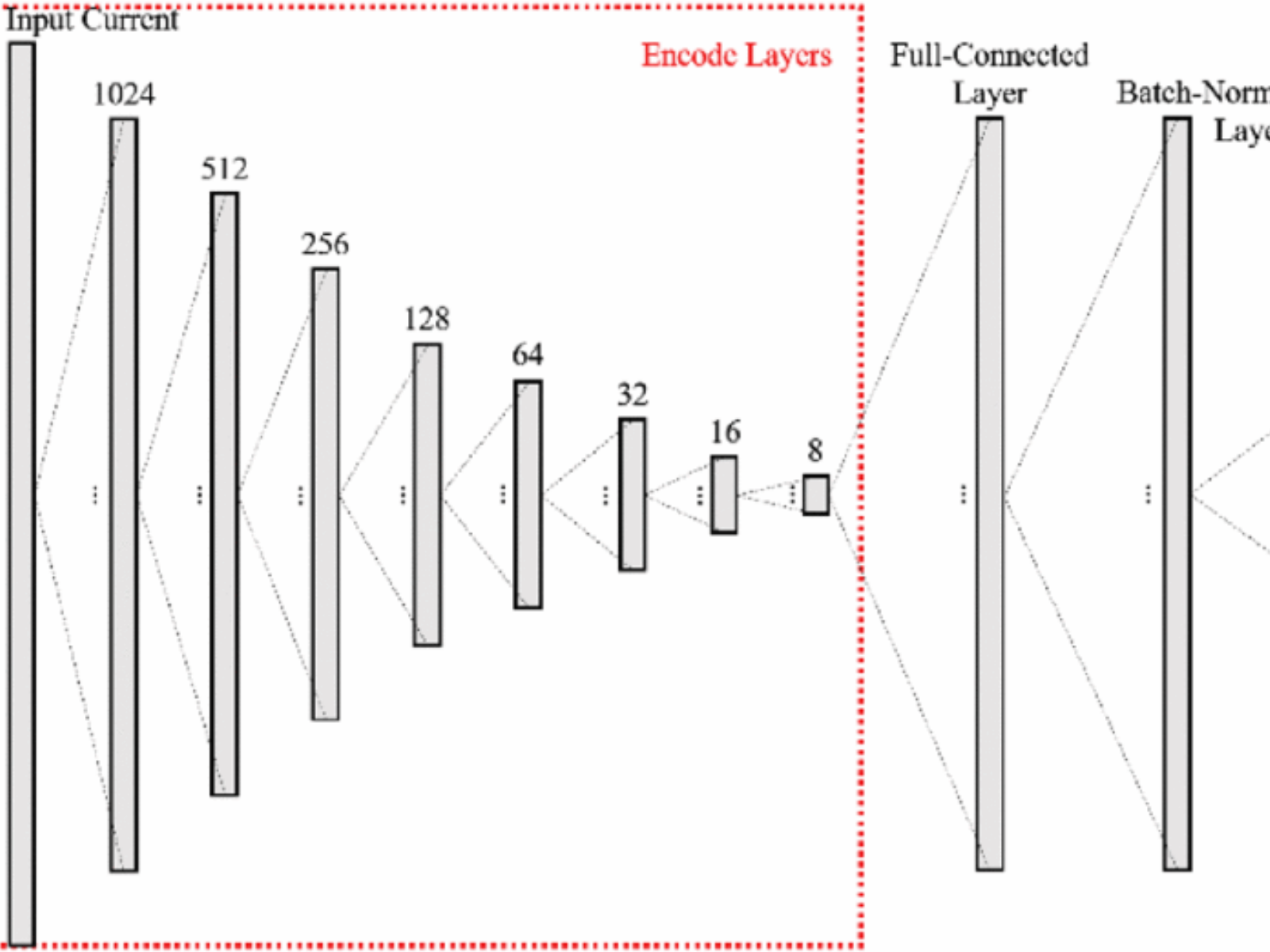This study presents the design of a six-wheeled outdoor autonomous mobile robot. The main design goal of our robot is to increase its adaptability and flexibility when moving outdoors. This six-wheeled robot platform was equipped with some sensors, such as a global positioning system (GPS), high definition (HD) webcam, light detection and ranging (LiDAR), and rotary encoders. A personal mobile computer and 86Duino ONE microcontroller were used as the algorithm computing platform. In terms of control, the lateral offset and head angle offset of the robot were calculated using a differential GPS or a camera to detect structured and unstructured road boundaries. The lateral offset and head angle offset were fed to a fuzzy controller. The control input was designed by Q-learning of the differential speed between the left and right wheels. This made the robot track a reference route so that it could stay in its own lane. 2D LiDAR was also used to measure the relative distance from the front obstacle. The robot would immediately stop to avoid a collision when the distance between the robot and obstacle was less than a specific safety distance. A custom-designed rocker arm gave the robot the ability to climb a low step. Body balance could be maintained by controlling the angle of the rocker arm when the robot changed its pose. The autonomous mobile robot has been used for delivery service on our campus road by integrating the above system functionality.
Please login to comment.



